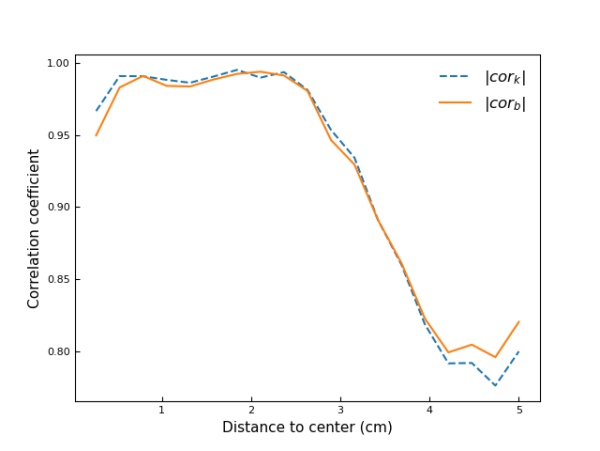The corona is the outermost layer of the solar atmosphere, having an extremely low brightness. It can be observed if the solar disk is occulted, e.g., during a total solar eclipse or using a coronagraph.
The basic principle of the coronagraph is an artificial total solar eclipse, also has strict stary light suppression ability. The dust on the objective lens of an internally occulted coronagraph produces a variable scattering background in coronal images, affecting data analysis and calibration. It can be removed by cleaning the objective frequently, but it also damages the objective. Another way is image correction, which requires the distribution of dust-scattering background.
Researchers obtained this distribution using data from the Lijiang Coronagraph, which was published in Solar Physics by SHA Feiyang and others.
The researchers set up an experimental procedure. The cleanliness level is obtained by imaging the objective lens and the scattering background by making a difference between the coronal images before and after the cleaning. The data is analyzed by the flowchart in Figure 1 and a preliminary model of the scattering background parameterized by the heliocentric distance and dust is obtained.

Figure 1, data analysis flowchart,image by SHA.
By analyzing data segmentation methods, angle parameters are added to the model. The two models are used to correct the raw coronal data (Figure 2). The scale of similar pixels in the corrected image proves the validity of the models. In terms of details, the Model 2 correction is better, as shown in the blue boxes of the coronal structure in Figure 2.

Figure 2, row and corrected coronal data, image by SHA.
In addition, the correlation between the scattering background and the dust at different distances to the objective center is obtained (Figure 3), which shows that dust closer to the center, the stronger the contribution to the scattering background. This provides key technologies and opportunities for material selection and processing techniques in the development of coronagraphs, as well as for the establishment of more accurate dust-scattering background models.

Figure 3, correction between the scattering background and dust at different distances to the objective center, image by SHA.
Contact:
SHA Feiyang
Yunnan Observatories, CAS
E-mail: shafeiyang@ynao.ac.cn